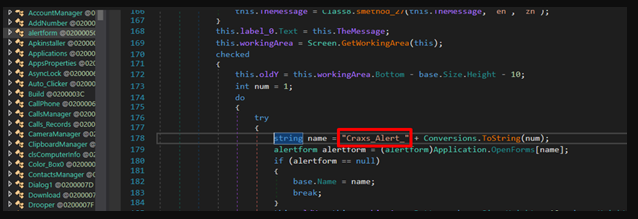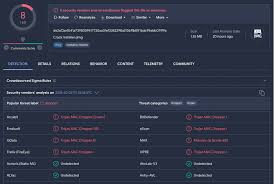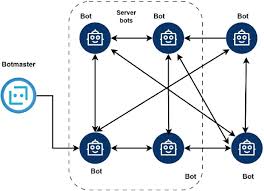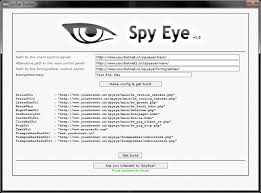
Dangerous Rat-v5 Cracked
Remote Access Trojans (RATs) are among the most dangerous tools in a cybercriminal’s arsenal, enabling stealthy, long-term control over compromised systems. Unlike traditional malware that may simply corrupt files or display ransomware messages, Dangerous Rat-v5 allow attackers to operate undetected, performing espionage, data theft, and even lateral movement across networks. They are frequently used in targeted attacks against businesses, government agencies, and high-value individuals due to their ability to bypass security measures and maintain persistence. As cyber threats evolve, RATs remain a preferred choice for advanced persistent threats (APTs), financial fraud, and corporate espionage.

What Is Dangerous Rat-v5 and How Is It Used?
This malicious software is a feature-rich Remote Access Trojan designed to give attackers complete control over an infected machine. It typically spreads through phishing emails, malicious attachments, fake software updates, or drive-by downloads from compromised websites. Once installed, it establishes a covert connection to an attacker-controlled server, allowing them to execute commands remotely. Common malicious uses include stealing sensitive data (such as login credentials, financial information, and intellectual property), deploying additional malware, and using the infected system as a foothold for further network attacks.
Key Features of the Dangerous Rat-v5
| Feature | Description |
| Remote Command Execution | Attackers can run any command on the infected system as if they had physical access. |
| Persistence Mechanisms | Modifies system settings (registry, startup folders) to survive reboots and reinstallations. |
| Keylogging | Logs keystrokes to capture passwords, credit card details, and other sensitive input. |
| Screen Capture | Takes screenshots to monitor victim activity in real time. |
| File Exfiltration | Steals documents, databases, and other files by uploading them to attacker-controlled servers. |
| Process Injection | Hides within legitimate processes (e.g., svchost.exe) to evade detection. |
| Encrypted C2 Communication | Uses secure channels (HTTPS, custom protocols) to communicate with the attacker’s server. |
| Webcam & Microphone Access | Spies on victims by activating their camera and recording audio. |
| Lateral Movement | Spreads to other machines on the same network using stolen credentials or exploits. |
How the Dangerous Rat-v5: Infection, Execution, and Payload Delivery
1. Delivery and Initial Infection
The malware typically arrives via:
- Phishing Emails: Malicious attachments (e.g., Word docs with macros) or links to infected sites.
- Exploit Kits: Target vulnerabilities in browsers or plugins (e.g., Flash, Java) to silently install the payload.
- Fake Software: Disguised as legitimate programs (e.g., cracked games, pirated software).
Once executed, the dropper component extracts and installs the main payload while disabling security features like User Account Control (UAC) or Windows Defender.
2. Establishing Persistence
To ensure it remains active, the malware may:
- Create scheduled tasks that run at system startup.
- Modify registry keys (e.g., HKCU\Software\Microsoft\Windows\CurrentVersion\Run).
- Replace legitimate system files with infected versions (DLL hijacking).
3. Command-and-Control (C2) Communication
The malware connects to a remote server controlled by the attacker, often using:
- Domain Generation Algorithms (DGAs)—Randomly generates domains to avoid blacklisting.
- Tor or Proxy Chains – Hides the attacker’s real IP address.
- Encrypted Traffic—Masks communication to evade network monitoring.
4. Payload Execution and Malicious Activities
Once active, the attacker can:
- Steal Data: Harvests saved passwords, browser cookies, and files.
- Execute Arbitrary Commands: Runs scripts, deletes files, or disables security software.
- Deploy Additional Malware: Downloads ransomware, spyware, or banking trojans.
- Espionage: Records audio, captures webcam footage, or logs clipboard data.
5. Evasion Techniques
To avoid detection, the malware may:
- Use process hollowing: Runs malicious code inside a legitimate process.
- Disable Security Tools: Terminates antivirus processes or blocks updates.
- Delay Execution: Waits days before activating to bypass sandbox analysis.


